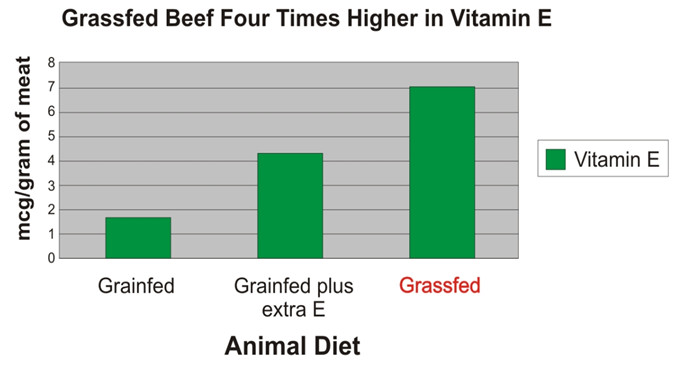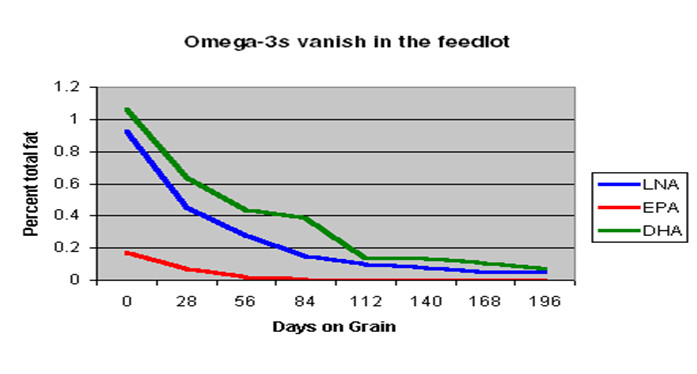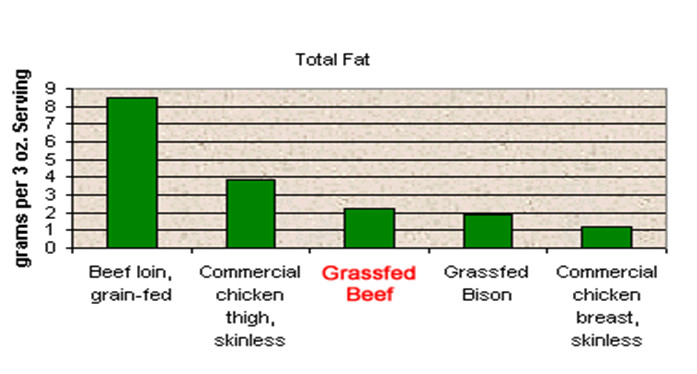HEALTH
COMING BACK TO LIFE’S ESSENTIALS
The USDA Grass Fed approval of our beef assures the cattle has been raised on grasslands. There is no use of any fertilizers or pesticides on the soil for a minimum of three years. Some of the qualities of our beef compared with non-GF Cattle are:
- Lower fat
- No Hormones
- Lower cholesterol
- No Antibiotics
- Higher in Omega 3
- Higher in Vitamin E
- Higher in beta-carotene
- Higher in conjugated linoleic acid
The healthy flavor of our Organic Grass Fed Beef comes from environmental properties such as natural water, grass, clovers and wild flowers.
GRASS FED VERSUS GRAIN FED
Ranch Free Framing
It takes a lot more work and knowledge to raise animals on pasture than simply sending them off to a feedlot. For example, cattle need to be fed a variety of high quality grasses in the months prior to butchering in order for the end result to be a good cut of beef. Providing a nutrient rich and natural diet requires healthy soil and careful management by the “grass-farmers”, which is how these types of farmers refer to themselves.
CONFINED FARMING
Raising animals on pasture is dramatically different from the overall “status quo”. The majority of meat, eggs, and dairy products that you find in the aisles of the grocery store come from animals raised in confinement. These large facilities, often called “Confined Animal Feeding Operations” are very much machine based in order to provide a year-round supply at a reasonable price. Recently however, there has been growing recognition and protest around this type of work, including some of the following allegations:
- Animal stress and abuse
- Air, land, and water pollution
- Low-paid, stressful farm work
- The loss of small family farms
- The use of hormones, antibiotics, and other drugs
AGAINST NATURE
Animals raised in factory farms are given diets that are specifically designed to boost their productivity. The main ingredients, which are generally kept at extremely low artificial prices by government subsidies, are usually a mix of genetically modified grain and soy. To further lower costs, the feed may also contain “by-product feedstuff” such as municipal garbage, stale pastry, chicken feathers, and candy. Until 1997, U.S. cattle were also being fed meat that had been trimmed from other cattle, unwittingly changing these grass-feeding animals into carnivores. This unnatural practice is believed to be the underlying cause of “mad cow disease.”
STRESS
Cattle are overall specified herbivores, specifically designed from birth to eat healthy, fiber-filled grasses and plants. Although there is a common misconception that cows eat hay, their bodies cannot actually handle starchy grains. If a switch is made from pasture grass to grain, cows can become afflicted with a number of disorders, including a common but painful condition called “subacute acidosis.” Side effects of this include cows kicking at their bellies and going off of their feed. In order to prevent serious or even fatal reactions in the cattle, afflicted animals are given chemical additives along with a constant, low-level dose of antibiotics.
ENVIRONMENT DEGRADATION
Although it may be unpleasant to think about, cattle that are raised in a cage or confined area of some kind often deposit large amounts of manure in a small amount of space. The manure must be then collected and transported away, which can get pretty pricey pretty fast. if a farmer or rancher wanted to cut costs quick, they could even end up dumping the waste and manure as close to the feedlot as possible. As a result, the surrounding soil gets overloaded with nutrients, which can cause pollution. When animals are raised outdoors on pasture, their manure is spread over a much wider area of land, making it a welcome source of fertilizer over more square footage.
HEALTHIER
When you choose to eat or use products from animals raised on pasture, you are not only improving the welfare of the animals, you are also helping to improve the small-town farmers and ranch-hands living in rural communities who are selling their wares. Pasture raised cattle and other animals also help put an end to environmental degradation, and give your family the healthiest possible food. It’s a win-win-win.
NUTRITION
Consumers have been led to believe that it doesn’t matter what an animal is fed prior to slaughter, and that the nutritional value of its products remains the same. Unfortunately, that is not true at all. An animal’s diet can have a deep influence on the final nutrients of its product, and the difference between grain-fed and grass-fed animal products is dramatic.
By – Lucila Smith



